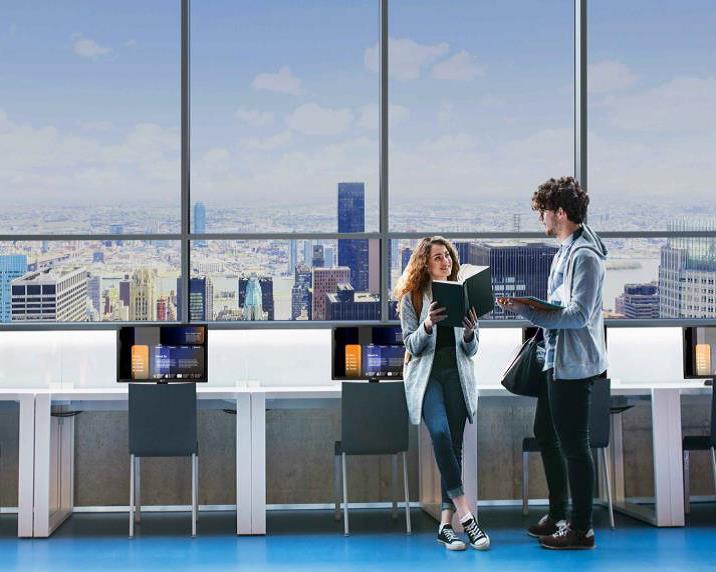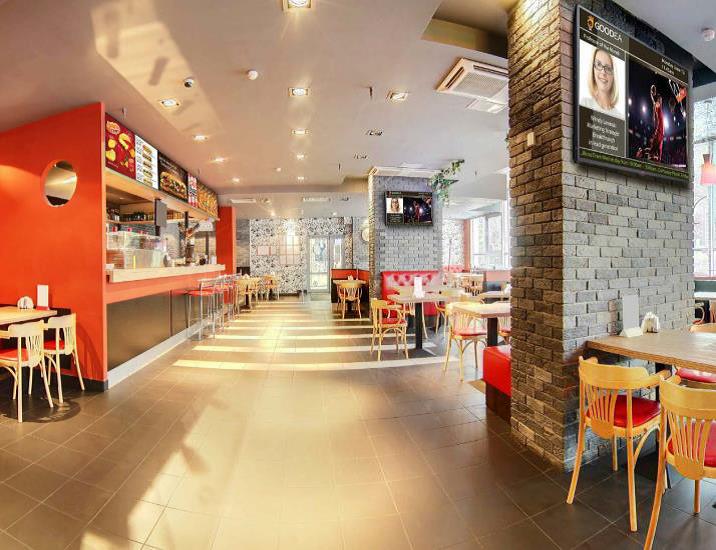Universities and colleges are facing tight budgets and rising operational costs. At the same time, schools no longer enjoy the monopoly over student’s wallets that they once did. Businesses are encroaching on campuses and are actively marketing to students. Gone are the days of students eating at the school cafeteria seven days a week and purchasing stationery primarily at the school store. In this environment, it can be risky to rely solely on state funding, endowments and tuition. To compete, you must update your marketing toolkit.
One of the major reasons that businesses are so effectively able to get students to purchase their products is their use of modern technology to communicate with students and build relationships. Unfortunately, many schools are still relying on outdated communication methods such as posters, flyers, emails and newspaper publications for these purposes. In the digital era, these tools simply don’t work for students. Partially due to this, many students today don’t feel a deep connection with their school – ultimately meaning they are less likely to attend ticketed school events, buy school gear, etc.
All screen images are simulated
In fact, this was my personal experience with university as I would just go to classes and then would immediately leave afterward to one of my two-part time jobs. I wasn’t part of any club activities and never socialized at school eateries. Although I tried to find out, I never knew when sporting events were going on because the information wasn’t online and easily accessible. Plus, when I was hungry, I did a quick Google search to see what was open.
Unfortunately, my experience is not unique, and I saw many of my peers in the same situation. This is a shame because community building is an essential part of the school experience. To build this community, you need to go digital. Technology is the only way to communicate with students in a way they are familiar with and can respond to. Luckily, you have a big advantage over the business you are competing against – the students are already physically at the school for classes. You just need to effectively reach out to them. A great way in which you can do this is by incorporating digital displays.
These displays can be placed throughout your campus; both outside and inside buildings. They can:
- Show up to date information on the latest school events which will create interest and inform students who regularly walk through campus for classes only. Indeed, students who don’t participate in school activities present a market of wasted potential, and often it’s simply because they don’t know what is going on. Ensuring that your student body is aware of on-going events is a surefire way of maximizing returns on investments in events.
-
Feature beautiful images and videos highlighting the abundant stores that are available to students right on campus. If students are aware of these alternatives, they are much less likely to go off-campus as there is an undeniable convenience of shopping on campus. Why would a student take the bus to a fast food store, when school cafeterias with delicious looking food are so readily accessible? In fact, not only will this increase foot traffic, but ultra-wide displays will provide students with the ability to see the menu even in long queues – ensuring that long lines don’t get stuck due to students not knowing what to order.

- Incorporate software solutions which can collect valuable data on student buyer habits. This data can then be used to drive other ventures by letting you know what works and what doesn’t. This allows you to constantly optimize your campaigns so that you can get better and better returns on your investment
Universities and colleges are places of learning, but they are also so much more. They are communities, businesses, and centers of research. By incorporating digital displays, you can help ensure that your school remains financially stable while also bringing student closer together. It’s a win-win!